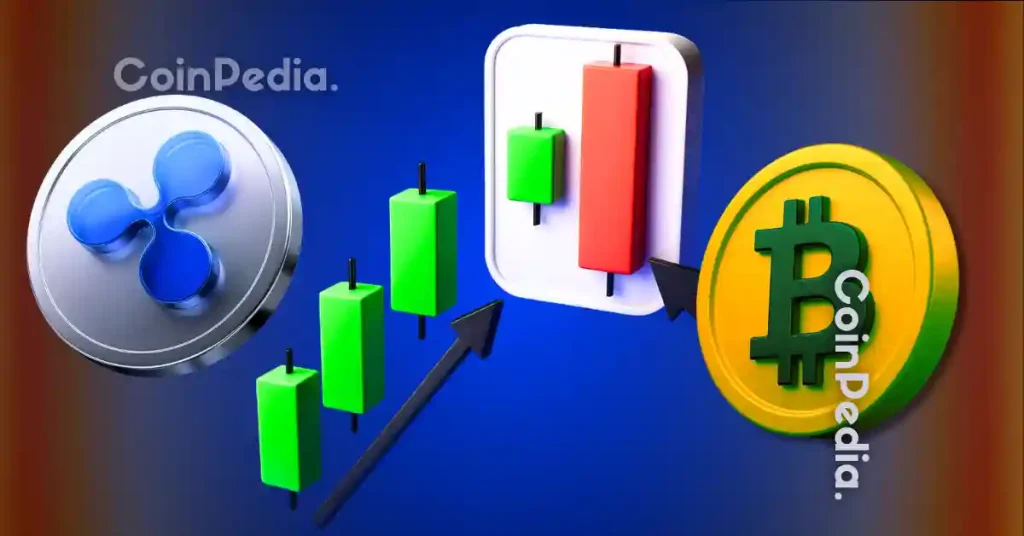
The post Hyperliquid Shatters Records with $22B Trade Volume in 24 Hours appeared first on Coinpedia Fintech News
Hyperliquid, the decentralized trading platform, has just shattered all expectations, reaching a massive $22 billion in trade volume in just 24 hours. This new record, surpassing the previous $21 billion set just the day before, shows that Hyperliquid is growing faster than ever. But what’s driving this explosive growth?
Hype Broken The Record
The surge in trade volume highlights Hyperliquid’s ability to attract traders with its innovative offerings. Along with the record-breaking volume, the platform saw $4.7 billion in open interest, signaling high engagement from users. This active participation reflects traders’ confidence in the platform’s future.
Additionally, Hyperliquid generated $9.5 million in protocol revenue, showcasing its growing financial success.
The platform has been consistently hitting high numbers. Just a day before, Hyperliquid posted $15.6 billion in trade volume, and earlier this week, it reached nearly $19 billion in perpetual trade volume.
These impressive figures suggest that the platform’s upward trend is not a one-off but part of a broader pattern of success.
What Makes Hyperliquid Stands Out
Several factors contribute to Hyperliquid’s success. The platform offers low fees, making it attractive to high-frequency traders. It also provides fast transaction speeds, even during periods of market volatility, and a user-friendly interface that mimics the experience of centralized exchanges.
These features make Hyperliquid appealing to both experienced DeFi users and newcomers alike. As the platform continues to grow, it is quickly establishing itself as a key player in the DeFi ecosystem,

 8 months ago
50
8 months ago
50




 English (US) ·
English (US) ·